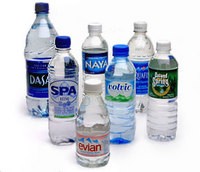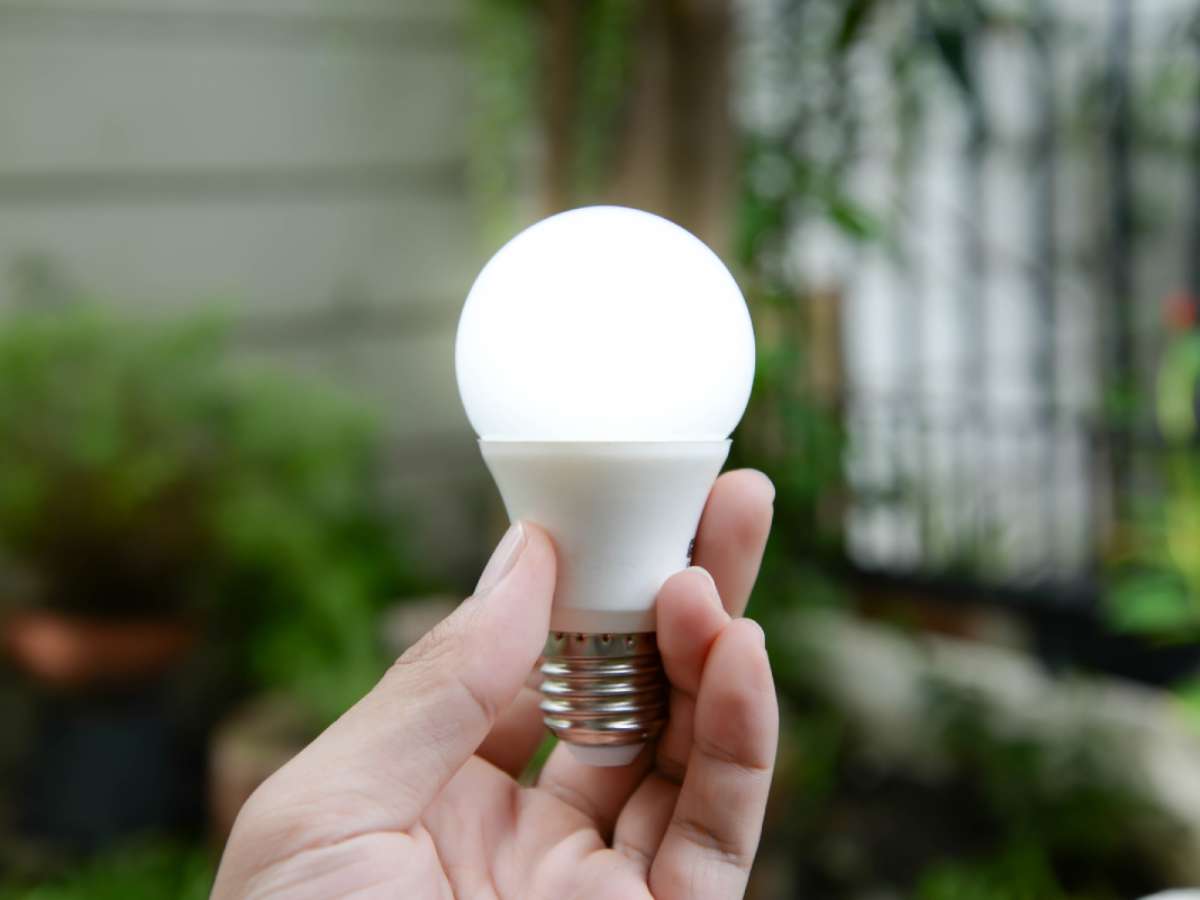 What cost more per gallon than gasoline?
What cost more per gallon than gasoline?
The answer is bottled water!
This time last year earth-policy.org published an article stating:
“The global consumption of bottled water reached 154 billion liters (41 billion gallons) in 2004, up 57% from the 98 billion liters consumed 5 years earlier. Even in areas where tap water is safe to drink, demand for bottled water is increasing–producing unnecessary garbage and consuming vast quantities of energy. Although in the industrial world bottled water is often no healthier than tap water, it can cost up to 10,000 times more. At as much as $2.50 per liter ($10 per gallon), bottled water costs more than gasoline.”
It is no secret, Americans have a fetish for bottled water.
What you most likely do not know (as I did not until recently) is that bottled water is not necessarily any healthier than the water from your tap.
In fact, roughly 40% of bottled water begins as tap water, says the above referenced earth-policy.org.
In addition:
“Fossil fuels are also used in the packaging [and transporting] of water. The most commonly used plastic for making water bottles is polyethylene terephthalate (PET), which is derived from crude oil. Making bottles to meet Americans’ demand for bottled water requires more than 1.5 million barrels of oil annually, enough to fuel some 100,000 U.S. cars for a year. Worldwide, some 2.7 million tons of plastic are used to bottle water each year.”
Mmmm, crude oil packaged water… yummy. Maybe the bottled water companies want to help us stay well lubricated inside? After all, Evian is “naive” spelled backwards.
I digress.
There are basically 3 different types of bottled water, according to the International Bottled Water Association (IBWA):
1. Spring Water – Bottled water derived from an underground formation from which water flows naturally to the surface of the earth. Spring water must be collected only at the spring or through a bore hole tapping the underground formation feeding the spring. Spring water collected with the use of an external force must be from the same underground stratum as the spring and must have all the physical properties before treatment, and be of the same composition and quality as the water that flows naturally to the surface of the earth.
2. Purified Water – Water that has been produced by distillation, deionization, reverse osmosis or other suitable processes while meeting the definition of purified water in the United States Pharmacopoeia may be labeled as purified bottled water. Other suitable product names for bottled water treated by one of the above processes may include “distilled water” if it is produced by distillation, deionized water” if it is produced by deionization or “reverse osmosis water” if the process used is reverse osmosis. Alternatively, “___ drinking water” can be used with the blank being filled in with one of the terms defined in this paragraph (e.g., “purified drinking water” or “distilled drinking water”).
3. Mineral Water – Bottled water containing not less than 250 parts per million total dissolved solids may be labeled as mineral water. Mineral water is distinguished from other types of bottled water by its constant level and relative proportions of mineral and trace elements at the point of emergence from the source. No minerals can be added to this product.
Now that we’ve been introduced to what the bottled water industry looks like and why it would be a good idea to avoid consuming it, let’s take a look at other more cost effective and environmentally friendly alternatives… in the next post.



